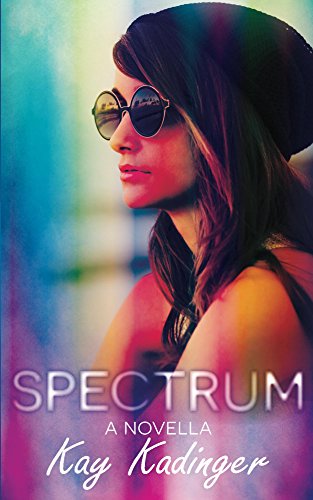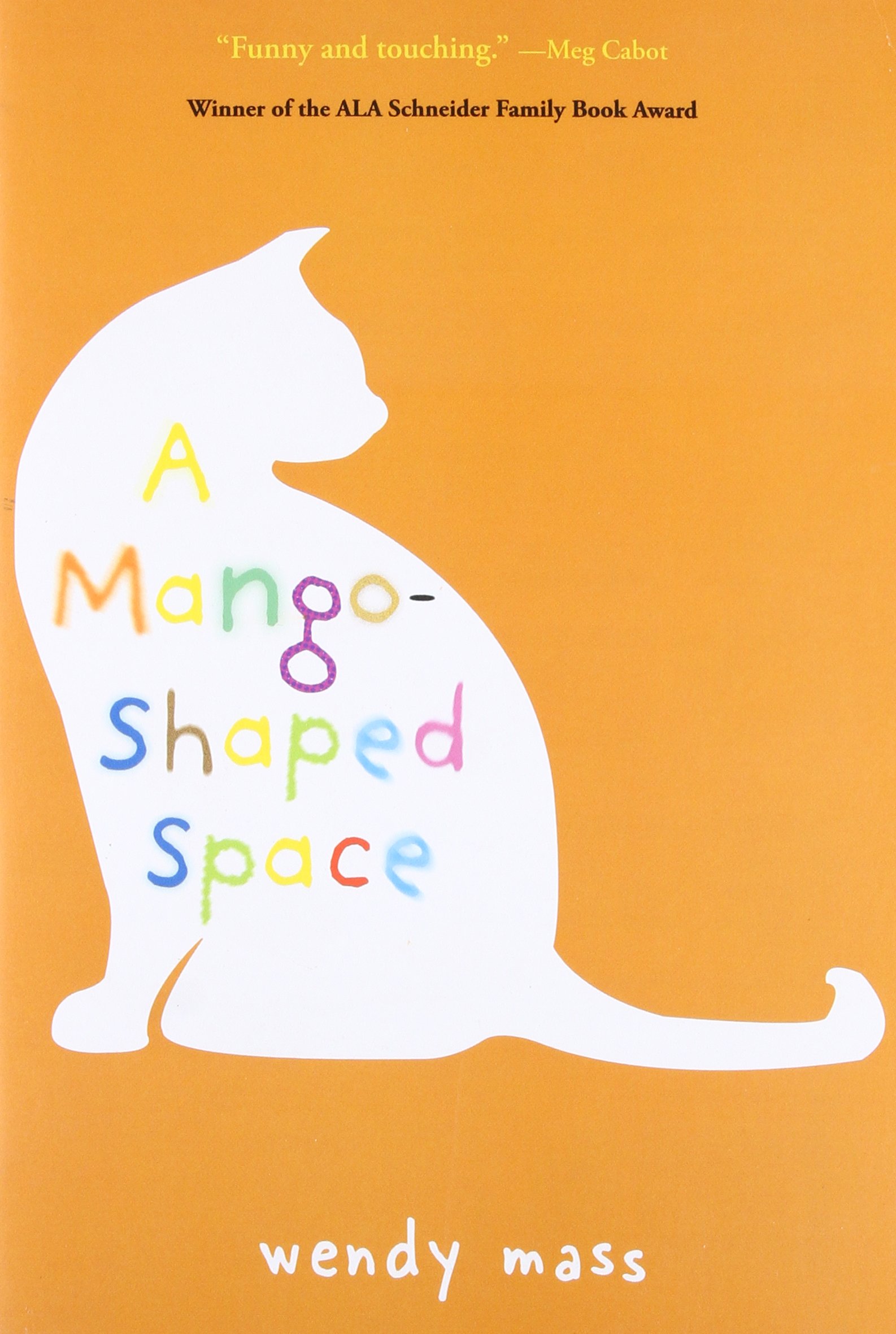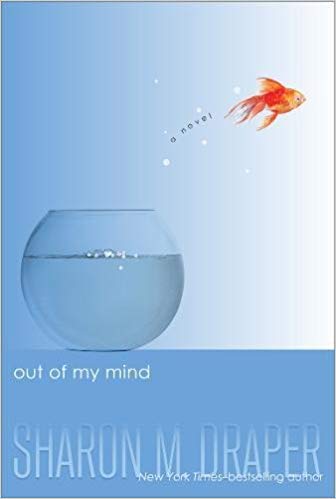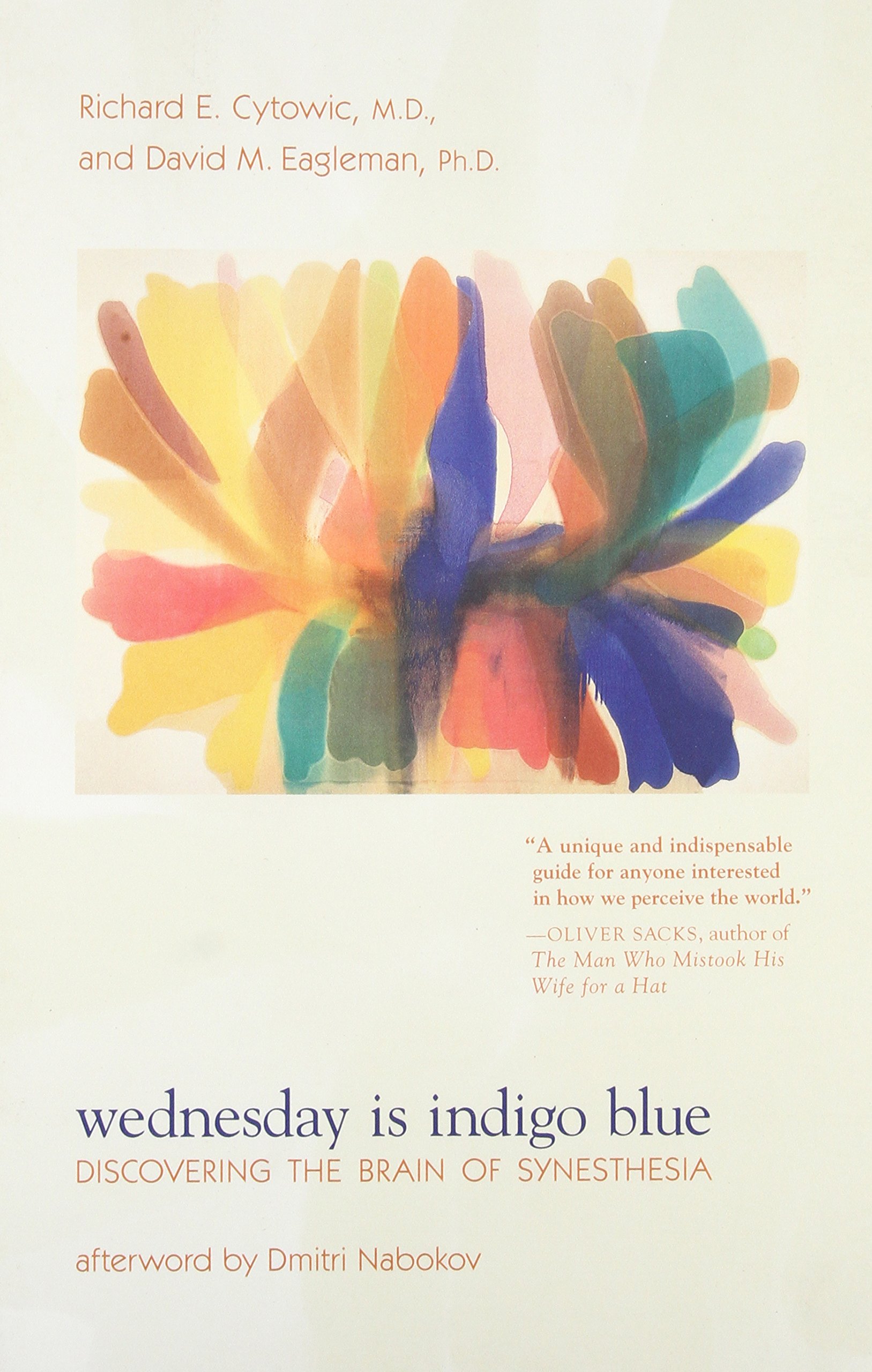Books About Synesthesia
Spectrum
by Kay Kadinger

You see colors. I feel them. In the beginning, my world was colored with the blue of love and the yellow of a curious place where rules didn’t matter, time was just an idea, and loss was something we got to forget. I’m different than most people you meet. I’m a synesthete, which means that I hear and feel emotions in color. Black is chaos, orange is rebellion, and red is deception. Three years ago, the accident warped all the colors. In a moment of pitch black, I lost everything but the new life growing inside me. He’d come into this world with a color all his own and we’d been fine, maybe even happy. Then I met Ben and I began to see a new shade of blue . It was the beginnings of Indigo, with a touch of gray that feels like rain on asphalt, a fresh start. But Ben was also hiding something. There was too much red in that cloud of blue.
Buy BookA Mango-Shaped Space
by Wendy Mass

Mia Winchell appears to be a typical kid, but she's keeping a big secret—sounds, numbers, and words have color for her. No one knows, and Mia wants to keep it that way. But when trouble at school finally forces Mia to reveal her secret, she must learn to accept herself and embrace her ability, called synesthesia, a mingling of the senses.
Buy BookOut of My Mind
by Sharon M. Draper

Melody is not like most people. She cannot walk or talk, but she has a photographic memory; she can remember every detail of everything she has ever experienced. She is smarter than most of the adults who try to diagnose her and smarter than her classmates in her integrated classroom - the very same classmates who dismiss her as mentally challenged because she cannot tell them otherwise. But Melody refuses to be defined by cerebral palsy. And she's determined to let everyone know it - somehow. In this breakthrough story, reminiscent of The Diving Bell and the Butterfly, from multiple Coretta Scott King Award-winner Sharon Draper, readers will come to know a brilliant mind and a brave spirit who will change forever how they look at anyone with a disability.
Buy BookWednesday Is Indigo Blue: Discovering the Brain of Synesthesia
by Richard E. Cytowic

In 'Wednesday is Indigo Blue', pioneering researcher Richard Cytowic and distinguished neuroscientist David Eagleman explain the neuroscience and genetics behind synesthesia's multisensory experiences.
Buy Book
Sources
- “Best Synesthesia Books (59 Books).” Goodreads, Goodreads, www.goodreads.com/list/show/21942.Best_Synesthesia_Books.
- “Spectrum by Kay Kadinger.” Goodreads, Goodreads, 13 Aug. 2015, www.goodreads.com/book/show/26101381-spectrum.
- “A Mango-Shaped Space by Wendy Mass.” Goodreads, Goodreads, 19 Oct. 2005, www.goodreads.com/book/show/171020.A_Mango_Shaped_Space.
- “Out of My Mind by Sharon M. Draper.” Goodreads, Goodreads, 9 Mar. 2010, www.goodreads.com/book/show/6609765-out-of-my-mind.
- “Wednesday Is Indigo Blue: Discovering the Brain of Synesthesia by Richard E. Cytowic.” Goodreads, Goodreads, 27 Feb. 2009, www.goodreads.com/book/show/4591996-wednesday-is-indigo-blue.
Background Photos by Paweł Czerwiński on Unsplash
Home Back To The Top